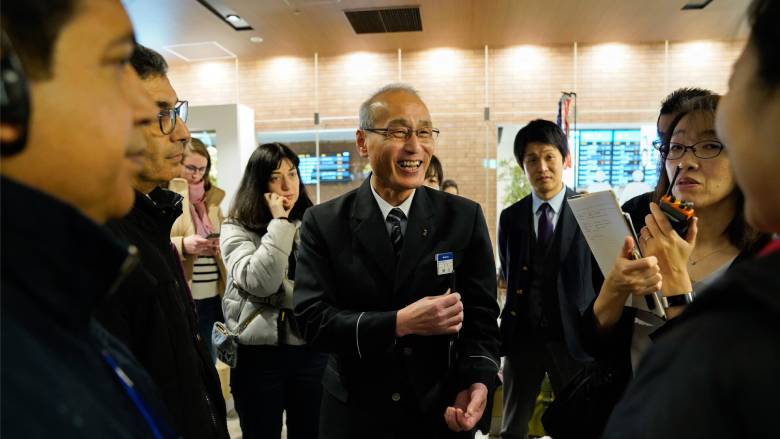Two underleveraged areas of development that have direct linkages to how we make cities more competitive, livable, and inclusive are neighborhood development and transit-oriented development. Their integration with cities’ urban and social fabric can deliver better economic, social, and environmental benefits, and in turn enhance the livability and prosperity of communities, including the poor.
The TDD provided a platform for knowledge exchange and structured learning on key topics related to city planning and urban spaces that leverage TOD and people-centered design of public spaces, with a special focus on transit nodes and the surrounding development. The TDD focused on good practices in (i) city and neighborhood planning and urban design for livable urban spaces connected with transportation, (ii) planning of cities and their transport networks for accessibility and efficient, green, and safe mobility, (iii) identification of opportunities for city transformation that leverage city transit networks, (iv) the role of citizen participation in shaping the urban fabric, (v) the use of disruptive technology to help design and implement good urban places, and (vi) the role of public and private sector in creating livable and accessible places. Case studies, knowledge, and experience from Japan and other countries were highlighted, and participating countries also shared their experiences.
TDD participants visited Fukuoka’s Tenjin area, a major transit and commercial node, to learn about Tenjin’s long-term planning and programming for and management of evolving urban spaces, with a focus on overall city planning and neighborhood urban design. The site also allowed participants to see how local government, shops, and railways could collaboratively promote TOD on a human scale. Another site visit took place to Hakata station in Fukuoka. The large extended station complex called Hakata City has been an example of regeneration planning and implementation since 2011, when it began offering Shinkansen service connecting Osaka and Kagoshima, linking the two cities in just under four hours. Rebuilding of the station, including the regeneration of the multipurpose public plaza area and taxi area, took place in 2011. Key takeaways from the TDD concerned public-private collaboration in Japan and Japan’s approach to integrating transportation and modern spaces. An important lesson drawn by many participants was the need to create and share a future vision with citizens to garner their support and inputs. Many clients requested that the World Bank and TDLC organize follow-up workshops and consultations to promote TOD development projects in their cities and help city officers undertake public dialogues with private firms and citizens.
